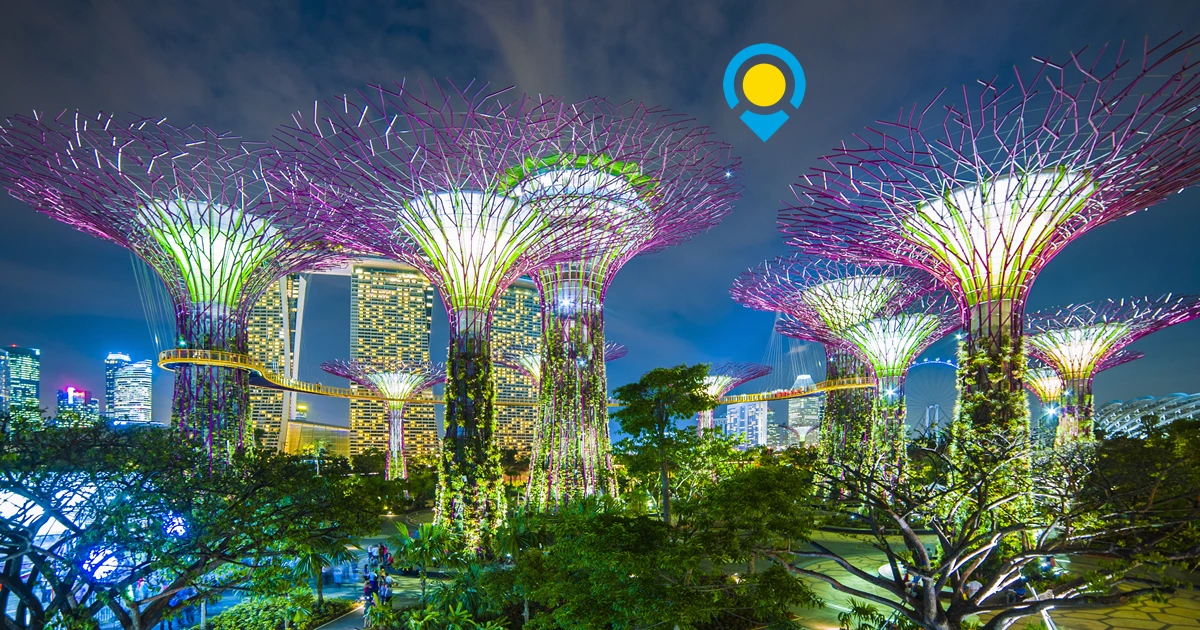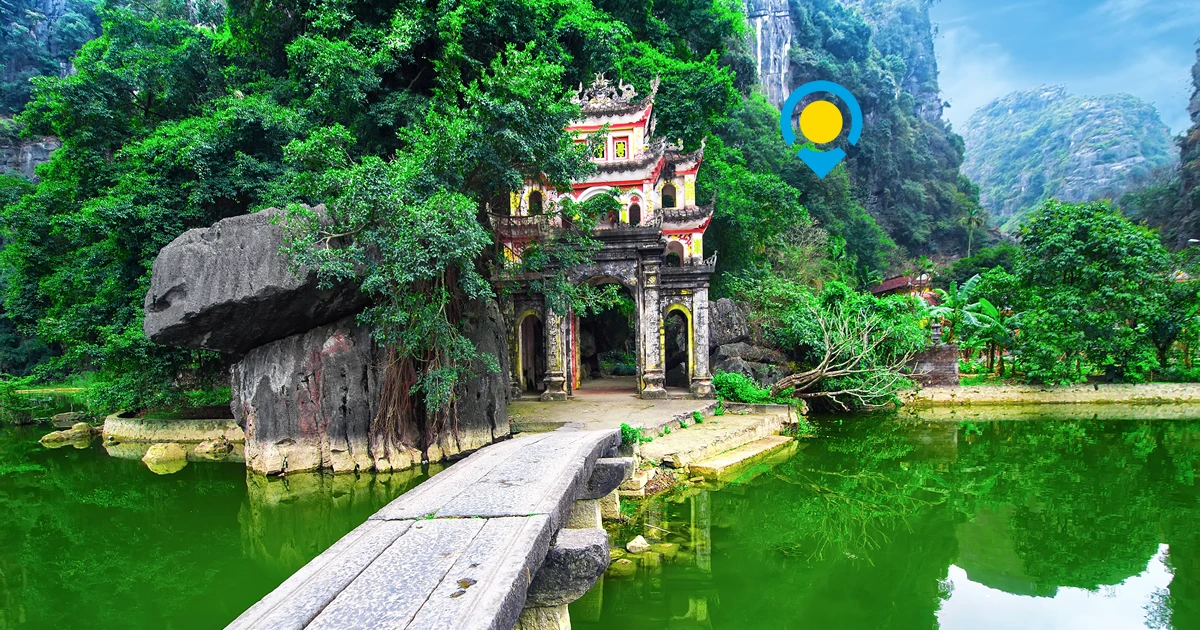
Vigan City, located in the Ilocos Sur province of the Philippines, is a notable destination recognized for its rich historical and cultural heritage. This city is one of the few remaining intact Spanish colonial towns in Asia, making it an invaluable part of the region’s history. In 1999, Vigan City was inscribed as a UNESCO World Heritage Site, underscoring its universal value and recognition for preserving traditional architecture and urban design, which reflects a unique blend of Southeast Asian, Chinese, and European influences.
Walking through the cobblestone streets of Vigan feels like stepping back in time. The city’s well-preserved structures, such as the iconic Calle Crisologo, showcase a remarkable interplay of colonial architecture and indigenous design elements. The heritage houses that line the streets are not only visually stunning but also hold stories of a bygone era that captivates both tourists and locals alike. Each building serves as a testament to the city’s past, making it a fascinating destination for history enthusiasts eager to learn more about the impact of colonialism in the Philippines.
In addition to its stunning architecture, Vigan City is also known for its vibrant culture and local traditions. The city hosts various festivals throughout the year, celebrating its rich history and local crafts. Visitors can indulge in traditional Ilocano cuisine, explore local artisan shops, and even purchase unique souvenirs reflective of the region’s heritage. Overall, Vigan City embodies a harmonious integration of history and culture, making it an essential stop for anyone seeking to understand the complexities of the Philippines’ past and appreciate its architectural beauty.
1. Rich Colonial History
Vigan City, renowned for its well-preserved heritage, boasts a rich colonial history that dates back to the Spanish era in the Philippines. Established in 1572 by Spanish explorer Juan de Salcedo, Vigan served as a crucial port for commerce and trade during the colonial period. This vibrant city quickly became a cultural melting pot, where indigenous Filipino traditions blended seamlessly with Spanish influences, leading to the development of a unique identity that is still palpable today.
As visitors stroll through the cobblestone streets of Vigan, they encounter centuries-old brick houses that showcase a harmonious combination of native and colonial architectural styles. The Heritage Village, a UNESCO World Heritage Site, is a focal point for understanding Vigan’s colonial past. Here, the ornate gables and wrought-iron balconies of ancestral homes provide insight into the lifestyle of affluent families during the Spanish regime. These homes, meticulously preserved, tell the story of a bygone era where trade flourished and cultural exchanges were rampant.
Significant landmarks such as St. Paul Metropolitan Cathedral and the Syquia Mansion are testaments to Vigan’s rich history. The cathedral, with its stunning baroque architecture, not only serves as a place of worship but also symbolizes the influence of Catholicism during the colonial period. Meanwhile, the Syquia Mansion, once the residence of former Philippine President Elpidio Quirino, showcases an extensive collection of artifacts, reflecting both the colonial way of life and the artistic heritage of the region.
Vigan City’s colonial history is not merely a backdrop; it is intertwined with the daily lives of its residents where traditions continue to thrive. Exploring its rich colonial past allows visitors to fully appreciate the city’s cultural significance and the enduring legacy of an era that shaped it into the historical gem it is today.
2. Unique Architectural Heritage
Vigan City, a UNESCO World Heritage Site, boasts a remarkable architectural heritage that intricately weaves together Spanish colonial designs, Chinese influences, and indigenous construction techniques. This unique blend is a testimony to the rich cultural history of the region and contributes to the city’s charm, attracting both local and international visitors.
The most iconic representation of Vigan’s architectural heritage is Calle Crisologo, a cobblestone street lined with well-preserved ancestral houses that date back to the Spanish colonial period. These structures are renowned for their distinctive Spanish-style architecture, featuring large wooden doors, overhanging eaves, and balustrades that highlight the artistry of Filipino craftsmanship. The use of adobe stones and bricks is prevalent, showcasing indigenous materials that have withstood the test of time.
Another significant landmark is the Bantay Bell Tower, which stands as a remnant of the past overlooking the landscape. The tower exhibits classic baroque design elements, enhanced by solid stone foundations that signify both defense and spirituality. It emphasizes the fusion of functionality and beauty, characteristic of the era’s architectural philosophies.
Furthermore, the presence of Chinese pagoda-inspired roofs can often be seen in various structures, reflecting the long-standing trade relationships between the Chinese and Filipino people during the colonial period. This integration of influences is a hallmark of Vigan’s unique architecture, making it a fascinating subject of study for architecture enthusiasts and historians alike.
A visit to Vigan City promises not only a glimpse into the past but also an appreciation of the cultural exchanges that have shaped its architectural landscape. As visitors stroll through its heritage sites, they will find themselves immersed in a tapestry of history, art, and human expression that is both captivating and deeply enriching.
3. Cultural Vibrancy and Local Traditions
Vigan City, a UNESCO World Heritage Site located in the Philippines, is renowned for its well-preserved Spanish colonial architecture and rich cultural tapestry. The city embodies a unique blend of Filipino and Spanish influences, a testament to its historical significance. This cultural vibrancy is especially visible during traditional festivals, which play a crucial role in the community’s identity.
One of the most notable celebrations is the Vigan City Fiesta, held every January in honor of St. Paul the Apostle, the city’s patron saint. This vibrant festival features lively street dances, colorful parades, and a variety of local delicacies that showcase the city’s culinary heritage. Participants often don traditional attire, enhancing the cultural experience for both locals and visitors. These events reflect the city’s collective spirit, allowing attendees to actively participate in the celebrations, thereby deepening their appreciation of Vigan’s local traditions.
Moreover, the local dialect, Ilocano, serves as a cornerstone of Vigan’s cultural identity. Understanding this language provides insight into the region’s history and customs. Its use in day-to-day interactions preserves the local heritage and fosters a sense of belonging among residents. Visitors can enhance their cultural experience by learning simple Ilocano phrases, as it demonstrates respect for the community and its linguistic roots.
Vigan is also known for its traditional folk crafts, such as pottery and weaving. Artisans use techniques that have been passed down through generations, producing intricate designs that reflect the city’s rich history. The vibrant craft scene not only supports the local economy but also keeps the cultural legacy alive. By engaging with these crafts, visitors gain a deeper understanding of Vigan’s identity and the dedication of its craftspeople.
In conclusion, experiencing Vigan’s cultural vibrancy through its festivals, language, and crafts provides invaluable insights into the city’s unique traditions and heritage.
4. Delectable Local Cuisine
Vigan City, recognized for its rich cultural heritage, also offers an exquisite culinary experience that reflects its historical influences. Visitors to this UNESCO World Heritage site will find a unique blend of Spanish and native flavors, resulting in a vibrant array of dishes that tell the story of its colonial past. The local cuisine is characterized by its use of fresh ingredients, traditional cooking methods, and an abundance of aromatic spices, all of which create an unforgettable gastronomic adventure.
One of the standout dishes to try in Vigan is the famous “bagnet,” a crispy pork belly that is fried until perfectly golden brown. Its crunchy exterior contrasts beautifully with the tender meat inside, making it a delightful treat to pair with the local “sinanglaw,” a savory beef soup. Another must-try dish is “longganisa,” a local sausage that showcases the region’s distinct sweetness, prepared using traditional recipes that have been passed down through generations.
The “empanada,” a savory pastry filled with a mixture of vegetables, eggs, and meat, is also a popular snack among locals and visitors alike. Street vendors in Vigan often serve these delicious treats, providing travelers with an authentic taste of the city. Furthermore, the “sukang Iloko” or Ilocos vinegar, known for its rich flavor, is a quintessential accompaniment, complementing various dishes and enhancing the overall dining experience.
For those eager to indulge in culinary exploration, food establishments such as Cafe Leona and Vigan’s famous food market offer visitors a chance to sample these local delights. Notably, the city’s vibrant culinary scene combined with its historical backdrop makes dining in Vigan not just a meal but a vital component of the city’s cultural journey. Exploring Vigan’s local cuisine is therefore an essential part of the travel experience, offering a deeper understanding of its heritage and traditions through the lens of food.
5. Vibrant Night Market Experience
Vigan City, known for its rich heritage and well-preserved colonial architecture, transforms into a vibrant hub of activity as the sun sets. At the heart of this nocturnal activity is the bustling night market, which offers visitors an authentic taste of local culture, crafts, and culinary delights. The night market typically begins in the early evening and runs until midnight, providing ample time for exploration and enjoyment.
Upon entering the night market, visitors are immediately enveloped by the lively atmosphere characterized by colorful stalls, the aroma of traditional foods, and the sounds of vendors calling out to passersby. The market showcases an impressive array of handcrafted items, such as woven textiles, pottery, and wooden crafts, allowing local artisans to display their talents and sell their creations. This is not only an opportunity to purchase unique souvenirs but also to support the local economy and preserve the artistry of Vigan’s craftsmen.
The food scene at the night market deserves special mention. Visitors can savor local delicacies such as empanada, longganisa, and various grilled items that are intrinsic to Ilocano cuisine. Each stall brings something different to the table, and the variety ensures that there is something to satisfy every palate. Furthermore, many vendors also offer refreshing beverages and sweet desserts, enhancing the culinary experience.
To truly immerse oneself in the vibrant night market experience, it is advisable to visit on a weekend when the atmosphere is particularly bustling. On these nights, the market often features live music and cultural performances, deepening visitors’ connection to the local heritage. Whether one is looking to shop, indulge in gastronomic delights, or simply soak in the lively ambiance, Vigan’s night market is an unforgettable experience not to be missed.
6. Breathtaking Natural Landscapes
Vigan City, known for its rich history and well-preserved Spanish colonial architecture, is also surrounded by breathtaking natural landscapes that enhance its appeal as a travel destination. The proximity to beautiful beaches and rolling hills allows visitors to immerse themselves in a variety of outdoor activities, blending the charm of nature with cultural exploration. A short drive from the city leads to pristine coastal areas, providing opportunities for sunbathing, swimming, and engaging in water sports.
For those who enjoy adventure, Patapat Viaduct and Bangui Windmills are iconic natural attractions located nearby. The dramatic coastal scenery, with cliffs juxtaposed against the azure sea, creates a picturesque setting that is perfect for photography enthusiasts and nature lovers alike. In addition to these striking sites, the region is also home to tranquil beaches such as Pagudpud, where visitors can relax on white sandy shores and partake in activities like snorkeling and kite surfing. These experiences allow travelers to embrace the natural beauty of the Ilocos region while creating memorable experiences.
Furthermore, the hills surrounding Vigan offer a contrast to the bustling streets of the city. Exploring the lush greenery and elevated vantage points provides a different perspective on the area, allowing visitors to witness panoramic views of the city and the distant mountains. Eco-tours and hiking trails are available for those interested in exploring the natural environment further, fostering a connection to the rich biodiversity prevalent in the region. Vigan’s landscapes truly complement the historical experience, allowing visitors to appreciate not only the heritage sites but also the stunning geographical features that characterize this unique destination.
7. Accessibility and Accommodations
Vigan City, known for its well-preserved Spanish colonial and Asian architecture, is not just a cultural treasure, but also easily accessible for travelers from various regions. The most common way to reach Vigan is by flying into Laoag International Airport (LAO), which is approximately 84 kilometers away. From the airport, visitors can opt for a bus or a van service that offers a direct transfer to Vigan. Alternatively, travelers may choose to journey by land via buses that connect major cities in Luzon directly to Vigan. These bus services provide comfort and convenience, making the travel experience much more pleasant.
Once in Vigan, navigating the city is relatively straightforward. The compact layout allows visitors to explore on foot, while tricycle services are available for those wishing to cover larger distances. Kalesa rides, traditional horse-drawn carriages, are also popular among tourists, enabling them to immerse themselves in the local sights at a leisurely pace. The scenic Vigan Heritage Village offers a unique experience as it showcases cobbled streets lined with ancestral houses and antique shops.
Regarding accommodations, Vigan caters to a wide range of budgets, enhancing its appeal to different types of travelers. For those seeking economical options, several guesthouses offer comfortable stays without straining the wallet. Mid-range hotels provide modern amenities and convenient locations, often situated within walking distance to major tourist attractions. For travelers who prefer luxury, Vigan has boutique hotels that combine elegance with local charm, displaying the area’s rich heritage through their architecture and decor. These accommodations are particularly ideal for those looking to indulge in exclusive experiences while enjoying the beauty of this historical city.
Conclusion: Your Next Adventure Awaits
In conclusion, Vigan City stands as a remarkable destination that brilliantly showcases the Philippines’ rich cultural heritage and historical significance. As you ponder your next travel experience, consider immersing yourself in the captivating blend of Spanish colonial and indigenous influences that this UNESCO World Heritage site offers. The cobblestone streets, preserved ancestral homes, and vibrant local traditions create an atmosphere that transports visitors back in time. Each corner of Vigan reveals stories of resilience and creativity, making it an enriching retreat for history enthusiasts and leisure travelers alike.
One of the compelling reasons to visit Vigan is its unique gastronomic scene. The city is renowned for its delectable local dishes, such as the famous empanada and longganisa, allowing you to indulge in authentic flavors that reflect the area’s cultural diversity. Furthermore, engaging with the locals provides insightful perspectives on Vigan’s customs and everyday life, enhancing your travel experience.
Your journey through Vigan City can also include exploring its breathtaking landscapes. The nearby scenic spots, such as the stunning beaches and picturesque countryside, offer a perfect backdrop for relaxation and adventure alike. Whether you venture out to enjoy the natural beauty or prefer to delve deeper into the historical aspects, Vigan ensures that you reap ample opportunities for exploration and discovery.
Ultimately, each visit to Vigan is a chance to create unforgettable memories. From the exhilarating feeling of walking through time-honored streets to savoring local delicacies and connecting with its vibrant community, this city invites you to embark on a unique adventure. Take the plunge, uncover the treasures of Vigan City, and allow its rich tapestries of culture and history to inspire you as you create your own stories in this enchanting locale.




